Want to dominate your industry in sales? Then you absolutely must have a sales training foundation.
With the right sales training, you can learn a step-by-step process to consistently close deals.
This means that you’re no longer just winging it, or using a method that only works anecdotally. A proven process is key to success in sales.
In this video, I’m going to show you the sales training essentials to close more sales. Check it out:
1. You must have a process.
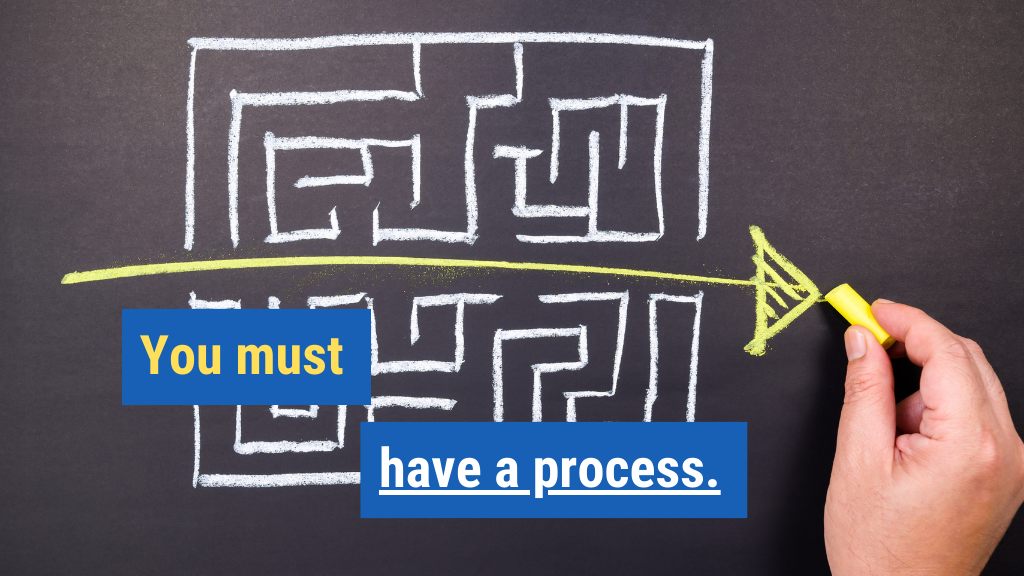
I see far too many salespeople and small business owners selling without a process. It’s important to have a consistently repeatable process to use over and over again in order to reliably close deals. So, the first step to effective sales training—wherever you’re getting it from—is to learn a specific proven process for selling. Without that, you’ll be meandering all over the place and, ultimately, not closing many deals. Salespeople do not consistently close deals without a strong process—period.
2. Fill your pipeline with automation.

We live in an unprecedented time with advanced sales automation tools. In earlier days of sales training, such tools weren’t available, but now they enable reaching out to more people, still using hyper-personalized outreach. So use sales automation in a way that’s personalized, utilizing systems for emails and LinkedIn outreach, to consistently fill your pipeline.
3. Target only your IPP.

One of the most important sales training essentials is to focus solely on your Ideal Prospect Profile (IPP). Broad targeting is a common mistake in sales, as it wastes your most valuable selling resource: time. By focusing your prospecting efforts on ideal prospects alone, you ensure that you don’t waste time prospecting to non-fits, and you significantly increase the likelihood of closing deals when you actually get in front of people.
4. Bring insight at the start.

It’s common for salespeople to bombard prospects with questions until the pressure builds up and the prospect finally explodes, saying something like, “Can you just tell me what you do? Can you just give me your pitch or tell me what your costs are?” This situation arises when salespeople don’t lead with insight. That’s why the best sales training training advocates for bringing real insight at the beginning of your sales conversations. By sharing valuable content and real insights about what’s likely going on in your prospects’ world, you make them more likely to reciprocate the value you’ve given by answering your questions.
5. Pitching is for losers.

This might sound harsh, but it’s the truth. Don’t pitch your prospects. Most sales pitches don’t work, and many salespeople use an approach that’s outdated and ineffective. Sales training should focus on understanding your prospect’s world, not just pitching your product or service.
6. Know their challenges.

In sales training, knowing your prospect’s challenges is pivotal. You demonstrate mastery by asking targeted questions to understand these challenges, like a doctor diagnosing a patient. Sales training must teach this approach to build trust and show the prospect there’s real value in your offering. Do this by having a consistent set of repeatable questions that dig deeply into their challenges and give you a deep understanding of what’s going on in their world.
7. Solve only those challenges.

A key lesson from good sales training is to focus your presentation only on solving the prospect’s challenges. Avoid presenting every facet of your offering. By focusing only on relevant solutions, you avoid instilling doubt in the prospect’s decision-making process.
8. Lock in next steps.

Another sales training essential is the importance of locking in clear next steps. A common mistake in sales is leaving follow-ups vague. Instead, always set concrete next steps in the calendar. This approach ensures that you’re not just following up but actually moving the sales process forward.
9. Keep learning.

Continuous learning is a fundamental aspect of any effective sales training program. As you grow as a salesperson, you’ll continue to identify areas for improvement. Even the best salespeople revisit the essentials and continue training to get better. Never stop learning and growing in your sales career. If you stop learning, you stop improving, you fall behind, and you lose.
So there you have it. Now you know the sales training essentials to close more sales. Which of these ideas did you find most useful for your own approach to selling? Be sure to share your thoughts in the comments section below to join the conversation.
More Motivational Essentials to Close More Sales…
Are you genuinely excited about selling right now?
Selling can sometimes lose its luster when the right motivation hasn’t kicked in…
Whether you’re brand-new to sales or you’ve been selling for decades, getting inspired about sales is key to success.
Without strong motivation, you simply can’t achieve your potential in sales—no matter what.
That’s why I put together this motivational sales training for selling veterans and beginners alike.
My goal here is twofold…
First, I want you to walk away from this training with some tangible, actionable ideas that you can put into your selling world right away.
And second, I want to start to help you change your mindset around what selling in today’s world really looks like.
Ready to get pumped up about selling? Watch this motivational sales training now to be inspired to crush your sales goals, no matter where you’re at today:

Every single day, I see sales reps in all different industries using some hodgepodge of selling advice, combining what one former manager said here, what one mentor said there, what one person on the street said there, or even what they saw in a movie somewhere. Reps take all these random strategies together and they say, “This is how I sell.”
In any other industry, this would be unthinkable. If you want to become an accountant or a CPA, you must go through countless hours of training and education. But what do you do in order to become a sales rep? You say, “I’ll do it!” And then someone gives you a card and they say, “Go sell.” (But in reality, they don’t even give you a card. You’ve got to print out your own!)
That’s why I want you to walk away from this training with real, proven ideas about what works in sales today. You’ll get tangible, actionable ideas that you can put into your selling world right away. And, what’s more, I want to start to change your mindset about what selling in today’s world really looks like—regardless of the industry you’re in.
The first idea I want to focus on is that sales is simply about having good conversations with people. How we’re going about having those conversations is really important.
Unfortunately, most salespeople are going about sales conversations the wrong way.
The typical rep is walking into their customer’s office, saying, “I’ve got the best stuff. I’ve got all the coolest trends. And oh, by the way, if you buy today, I can get you a better discount!” And when the prospect asks, “Well, what if I buy tomorrow?” then the salesperson replies, “Oh no, no discount tomorrow.” In reality, when we use the word discount in selling, it actually drives down sales—that’s just the data.
Bigger picture, this type of features-and-benefits selling simply doesn’t work anymore. We can, and must, do better. The good news is that we can easily tweak the way we’re having conversations to ditch the salesy talk and drive sales up, rather than down.
I also want to point out that the sales rep is as relevant today as it ever has been. Half of customers decide whether they want to stay with a company or work with a company based on the sales rep alone. Half of that decision comes down to you, and the quality of the conversations you’re able to have.
So we’ve got a lot to be excited about. I can’t wait to dive into the rest of this motivational sales training with you.
10. What is the key to success in sales?
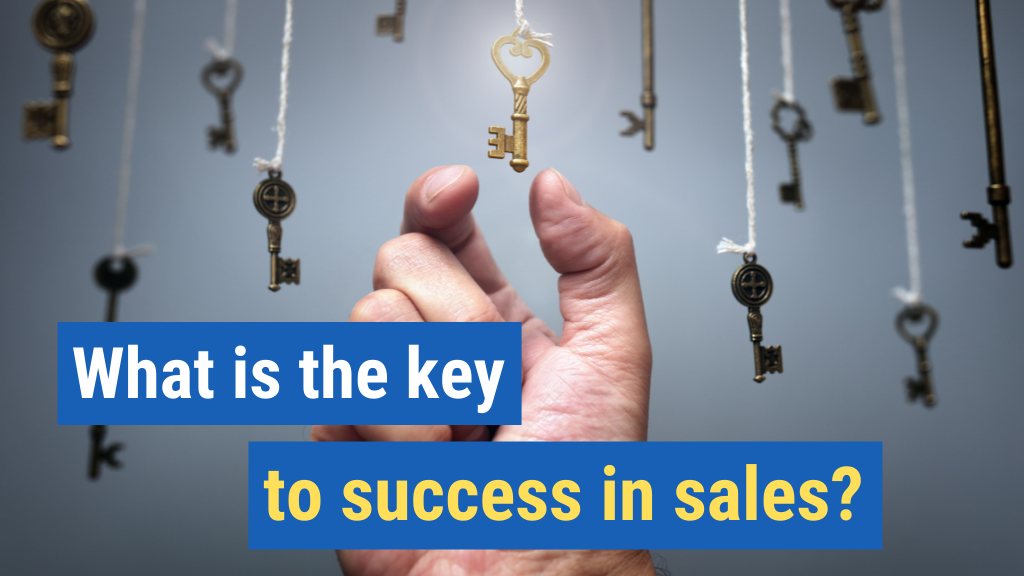
When I give this motivational sales training in person, people always come up to me after the program and say, “Oh, that was great, but what would you say is really the key to success in sales?” And I’m always brought back to a quote by J. Paul Getty. J. Paul Getty was the founder of Getty Petroleum, and he started the Getty Museum; a wildly successful person. And he famously said: “The formula for success is to rise early, work hard, and strike oil.”
Now, this is obviously tongue-in-cheek, but it actually points to a lot of mystification around what leads to success in sales. In fact, I meet thousands of salespeople every year and I always ask them, “What would you say is the key to success in sales?” I almost never get the same response twice.
At my firm, we’ve taken some key data across all industries and found that average reps are seeing their numbers go down. Overall quota attainment in sales has gone down, too, but what’s interesting is that top-performing reps are actually seeing their numbers go way up. That’s right—top-performing reps are becoming more successful in this marketplace while the average rep is going down.
So whatever those top-performing reps are doing is enabling them to rise way above the competition. Later on, we’ll take a look at the data to show exactly what is setting them apart.
11. The “Hide, Cheat, Steal” system of buying.

When you go in front of a prospect and immediately start pitching, the prospect goes into what we call the hide, cheat, steal system of buying. I don’t care if you’re dressed in a way that’s super professional—if you just start pitching the amazing products and discounts that you offer, your prospects are going to see a super salesy, pushy rep in front of them. And then they’re going to go into the hide, cheat, steal system of buying.
How do prospects hide from us? They literally, physically hide. How do they cheat? They say they’re going to do one thing and they do something else. And how do they steal from us? They steal our time and our information.
If you recently bought something large, like a car or a couch, think back to how you dealt with the sales rep in order to make that purchase. Let’s say you were looking at a certain car. The salesperson might have given you a whole monologue about the amazing features the car had to offer, like Sirius XM radio. And then at the end of the pitch, you might have thought to yourself, “Um, no, actually, I definitely don’t want this car. I’m not going to buy this car today.” But what did you say to the salesperson? Probably something like, “Oh, this was great. You did such a great job. Thank you so much. You know what? I’ll be back next week. I’m just going to talk to my partner about this.” And then you disappeared, right?
That’s what prospects do. They don’t tell us what they’re actually thinking, and then they disappear. So we ultimately have to break that pattern.
12. Ditching the “ShamWow” approach.

Most reps are using the ShamWow approach to selling right now. And the data is unequivocal on this approach: it doesn’t work.
Highly enthusiastic, salesy, pushy selling simply doesn’t work in face-to-face sales because we are in the business of building relationships, of having conversations like real people. The ShamWow guy is at BJ’s just trying to get people’s attention, so it’s an effective approach for him. But for everyone else in sales, it’s a waste of time and energy.
Persuasion actually hurts your sales process because prospects today tend to be smart, well-informed people, with endless access to instant information. The old-school idea of coming up with one magic-bullet line to get them to buy just doesn’t work anymore.
In fact, the data shows that three-quarters of sales meetings don’t generate that second meeting simply because the salesperson didn’t know enough about the buyer’s situation to provide the value that would lead to that second meeting. When we focus on persuasion rather than seeking to truly understand the prospect, we lose out.
Less successful sales reps see themselves as being in a win-lose relationship with prospects. If they make a sale, they see it as somehow taking something from the customer. This is why bottom and average performing sales reps often feel nervous when they get in front of a new customer. They feel like they’re trying to take something from the prospect. But great sales reps see themselves as being in a win-win relationship.
The win-win relationship in sales means that the salesperson helps the customer solve their problem, and in return for that, the customer pays the salesperson money. That’s a win-win relationship. And one of the key goals of this motivational sales training is to inspire you to see that you can achieve this view of sales, no matter what you sell.
13. Talk less, listen more.

The most profound piece of data in this motivational sales training has to do with the talk-to-listen ratio of top reps versus average and bottom-performing reps. What’s interesting is that average reps and bottom reps are pretty similar in the amount they talk in a sales interaction. But top-performing reps are doing a lot more listening. In fact, they’re doing way less talking and way more listening.
Bottom-performing reps are talking the most, often going on and on about their deals, promotions, and cool products. Meanwhile, the top-performers are simply there to listen, to understand what’s going on. And then at the end, once they’ve learned as much as they can, they’re presenting a solution.
For years, I’ve been saying, “We’ve got to be asking more questions in sales. We’ve got to be really finding out what’s going on in their world.” But I’m not talking about the typical who, what, where, when questions. “Here or there? Inside or outside? Blue or red?” These are not sales questions, in my opinion.
Real sales questions are some version of, “Tell me what’s going on. What are the biggest challenges that you’re facing? What is most concerning to you right now? Tell me more about that.” We want to find out what’s going on in their world. And what’s amazing is that our customers are always willing to answer, if we just ask the right way.
The data is unequivocal on this. Top-performing reps ask about twice as many business-related questions as their less-successful sales counterparts.
14. Have a process and schedule next steps.
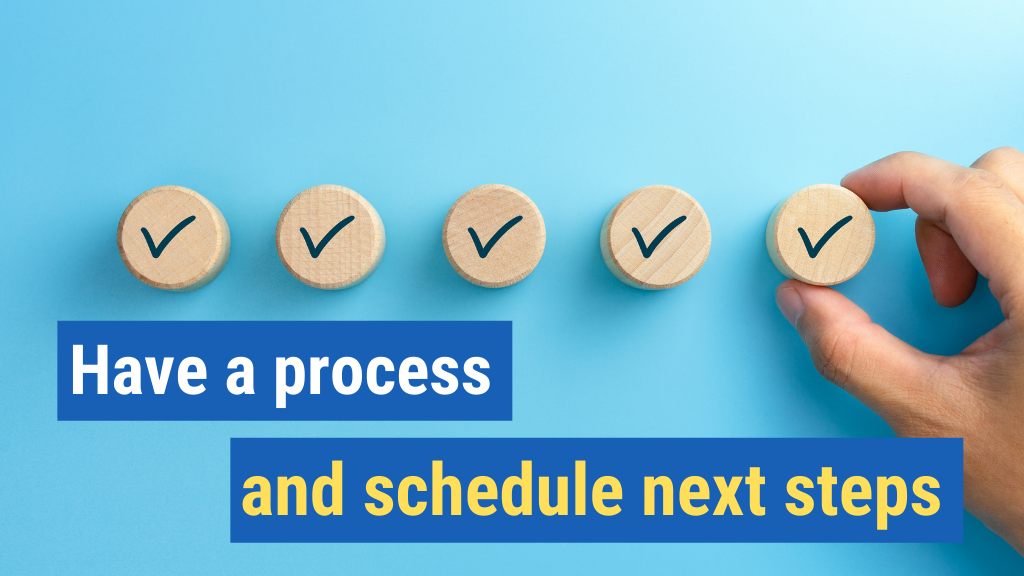
One of the keys to sales in today’s current marketplace is having a real process, like an accountant, attorney, or investigator would. There are tools we use to be more effective at getting people to open up. If you’ve ever been to a psychologist, or maybe you just have one in your family, then you know what I’m talking about. Salespeople can benefit from following a systematic process just like a good psychologist or doctor would.
Next steps are a critical part of any proven sales process. My research has found that top performers are obsessive about establishing next steps. They’re always scheduling that next meeting right when they’re in front of the customer. They’re not checking back in two months and saying, “Hey, maybe can I drop by?” They’re actually getting it in the calendar.
The data shows that human beings are born with two fears and two fears only. The first is the fear of falling, which makes sense. People don’t want to fall. And the other is loud noises. Those are the only two fears that we’re born with.
Having a process in place and scheduling next steps can empower you to overcome any fears or anxieties you might have about selling. Just knowing exactly what you need to do at every step of the sale can take a tremendous amount of weight off any salesperson’s shoulders.
What’s important to recognize, too, is that we are not born with the fear of walking into a new customer’s office. Go up to a five-year-old kid and say, “Hey, walk into that office and start talking to people.” And if it’s a certain kind of kid, they’re going to be like, “Awesome!” We only learn to fear this stuff later.
What is the worst thing that could happen in a selling situation? In a rare event, you could get kicked out of an office, or get told to take a hike. And what do we say to that? Next.
There is no real danger in our world. It’s all in our minds.
15. What separates the winners in sales.

 “Nothing happens until something moves.” When Albert Einstein said this, he obviously wasn’t talking about sales. But it’s so relevant to selling—nothing happens until we make something move. So what are you going to make move?
“Nothing happens until something moves.” When Albert Einstein said this, he obviously wasn’t talking about sales. But it’s so relevant to selling—nothing happens until we make something move. So what are you going to make move?
I’ll close out on a great quote by Michael Jordan, who was one of my favorite athletes to watch growing up. He famously said, “Some people want it to happen, some wish it would happen, but others make it happen.” What this means to me from a sales perspective is this: There are two categories of people in sales. There are those who talk a big game, and there are those who play a big game. And every single day, it’s on us to decide which category we want to be in.

Enjoyed this article? Please share away!

Get instant access to our free sales training:
Why Prospects Push Back on Price, Give 'Think-It-Overs,' and Ghost in Sales Until They Meet a Sales Superstar Who Is Following These 7 Simple Keys

About the Author Marc Wayshak
Marc is is the best-selling author of three books on sales and leadership, including the highly acclaimed titles Game Plan Selling, The High-Velocity Sales Organization and his forthcoming book, Sales Conversations, Mastered.
Marc is a contributor to Inc, HubSpot, Fast Company, Entrepreneur Magazine, and Huffington Post Business. He also hosts a popular YouTube channel on sales strategy with over 103,000 subscribers.
Marc helps thousands of people his data-driven, science-based approach to selling that utilizes all the best tools available to sales organizations today.

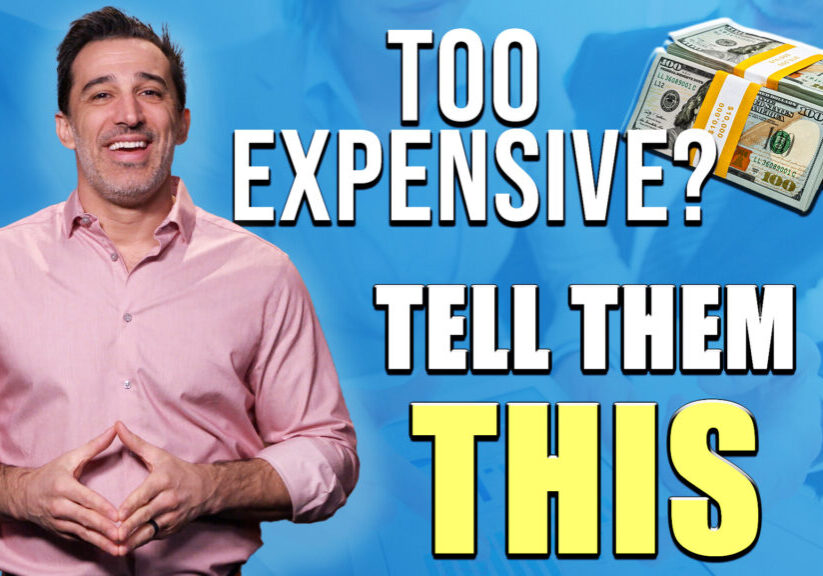
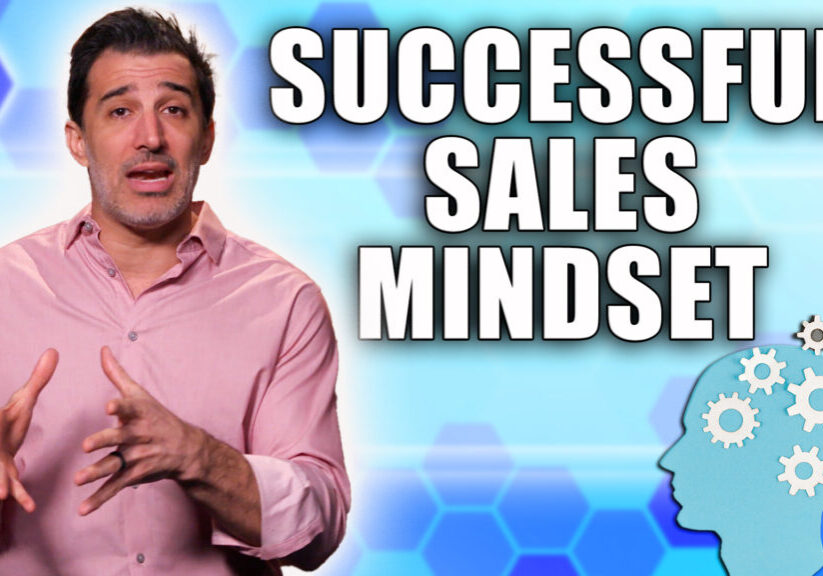
![How-to Sell to Power [C-Suite Sales Must-Knows!] How to Sell to Power [C-Suite Sales Must-Knows!]](https://salesinsightslab.com/wp-content/uploads/bb-plugin/cache/How-to-Sell-to-Power-C-Suite-Sales-Must-Knows-1024x576-landscape-7a52c541b28a7b772ad9e1010d8240be-.jpg)

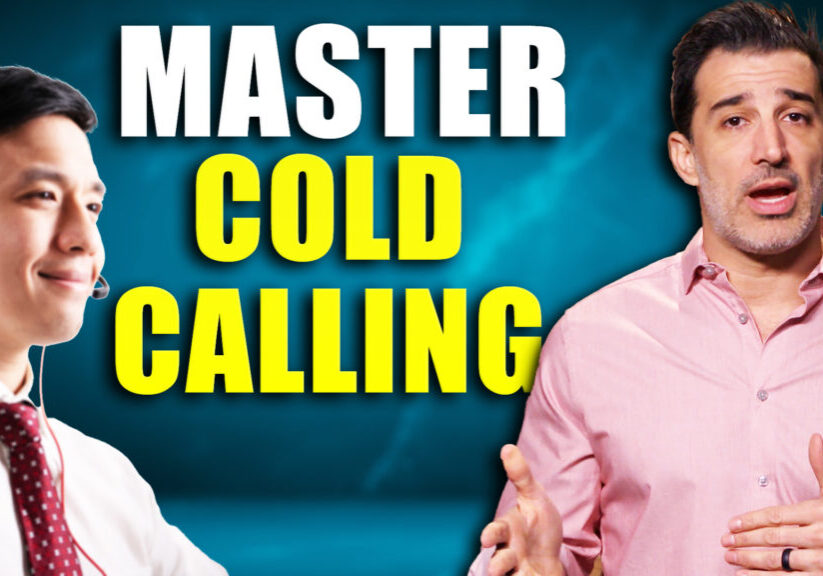
![The Absolute Best Way to Start a Sales Conversation [WITH ANY PROSPECT] The Absolute Best Way to Start a Sales Conversation [WITH ANY PROSPECT]](https://salesinsightslab.com/wp-content/uploads/bb-plugin/cache/The-Absolute-Best-Way-to-Start-a-Sales-Conversation-WITH-ANY-PROSPECT-1024x576-landscape-be9d9379ab94d9f71b5bfeed42246a84-.jpg)